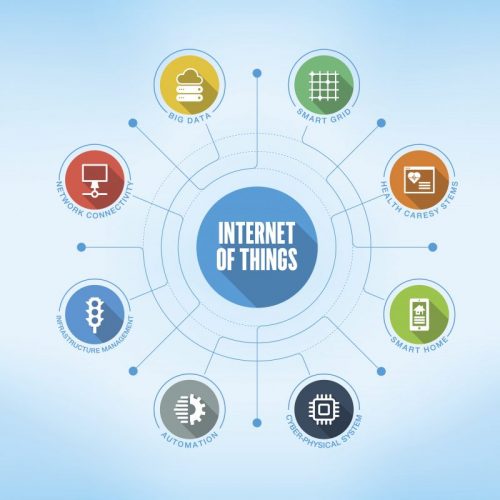
IoT, or Internet of Things, is the concept of connecting devices to the internet. This can take the shape of any device, such as watches, refrigerators, headphones, vehicles, and even tennis shoes. By nature, these connected devices generate data about user activities and events, thus allowing strategic data to be mined by IoT service providers (those creating the connected devices). In turn, this enables service providers to improve user experience and customer satisfaction. According to the June 2017 Ericsson Mobility Report¹, a good portion of the connectivity for these connected devices can be via wide-range radio or cellular.
Challenges related to world of IoT
For Mobile Network Operators (MNOS), or the networks providing internet connectivity for connected devices, IoT connectivity, either locally or via roaming, presents many challenges:
- 1. Providing coverage assurance: while some devices only communicate sporadically, others send data and can make calls constantly, making it difficult to anticipate, and therefore assure, necessary coverage
- 2. Competition for the same customer (the IoT Service Provider)
- 3. Roaming bill shock when sending traffic to roaming partners
- 4. Inability to guarantee connectivity and user experience of traffic from a partner network
For IoT Service Providers the challenges are around:
- 1. The logistics behind shipping, testing and activating millions of SIMs around the world
- 2. Negotiations with mobile operators across the world for IoT rates and coverage, which is typically not the core competence of IoT Service Providers
- 3. Paying many times for big buckets of data use vs. actual use
- 4. Ability to control which MNO the IoT Service Provider uses when given a choice of many MNO’s
- 5. Data that is generated by a connected device can be routed across very long distances before it is consumed for use. This can result in poor user experience
The embedded SIM (eSIM) stands to improve these scenarios and make the objective of more reliable connectivity a possibility. By allowing a single device to switch to multiple local SIM profiles, based on location of use, allows for the reduction in roaming costs.
What is an eSIM?
While historically connected devices have required either a wireless signal or a SIM card to stay connected, the development of the eSIM card has the potential to improve the capabilities of these connected devices. While a normal SIM is restricted to one network profile, thus complicating the ability of a device to stay connected once the user has moved from their home network, the eSIM allows for several network profiles. Any device using an eSIM card has the ability to switch as many domestic network profiles as possible, allowing the user to use a local signal with any of these embedded profiles. With multiple network profiles to choose from, roaming rates may no longer apply while traveling.
It also removes the necessity of switching out SIM cards within the device, as the eSIM essentially makes the switch for you. User experience and customer satisfaction is vastly improved via the direct processing of the data close to the user, therefore resulting in an overall user experience that is lower in roaming costs, greater in coverage, and improved in ease of use.
Next week, we’ll discuss how eSIM can actually solve the challenges we have mentioned above.
1 Heuveldop, Niklas. “Ericsson Mobility Report.” Edited by Patrik Cerwall, p. 16., www.ericsson.com/assets/local/mobility-report/documents/2017/ericsson-mobility-report-june-2017.pdf.
2 “Roaming IoT Platforms: An Evaluator’s Guide to Connecting Global IoT Devices.” p. 16., uros.com/research/roaming-iot-platforms-white-paper.html.


